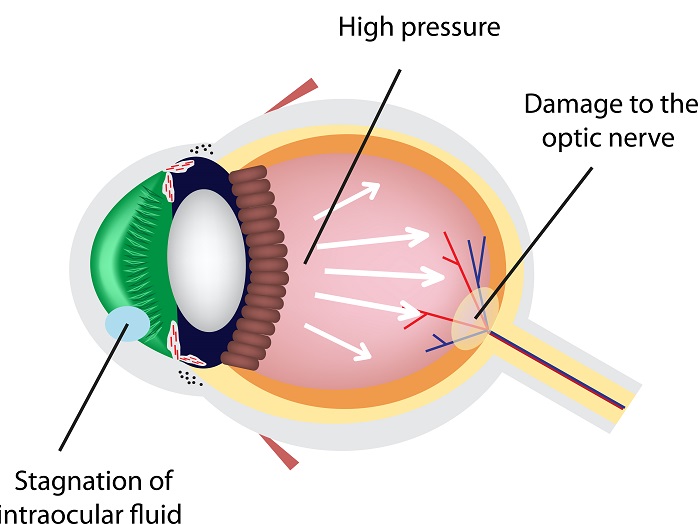Understanding the Various Vision Correction Procedures Available for Clearer Sight
In the world of vision adjustment procedures, a wide range of alternatives exist to deal with refractive errors and give individuals with more clear sight. From the commonly acknowledged LASIK surgery to less invasive treatments like PRK and implantable lenses, the field of ophthalmology uses a variety of strategies tailored to fit various demands and choices. Each treatment includes its very own set of considerations, benefits, and prospective threats. Comprehending the nuances of these vision adjustment approaches is critical for making educated decisions regarding one's visual health. Let's explore the intricacies of these procedures and clarified the course to attaining boosted vision quality.
LASIK Surgical Procedure
LASIK surgical procedure is a typical refractive treatment utilized to remedy vision issues such as farsightedness, astigmatism, and nearsightedness. This medical method, which stands for Laser-Assisted in Situ Keratomileusis, aims to reshape the cornea to enhance exactly how light is focused on the retina, ultimately improving vision clearness.
Among the main benefits of LASIK surgery is the fast enhancement in vision experienced by people. Many individuals see a considerable enhancement in their sight quickly after the treatment. Additionally, many patients report very little discomfort and pain throughout the surgical treatment and recovery duration. The recuperation time for LASIK is relatively fast, with numerous people returning to their daily activities within a day or 2 post-operation. Generally, LASIK surgery is a preferred choice for people looking for a long-lasting remedy for their vision problems.
PRK Procedure
While additionally a common refractive treatment, the PRK (Photorefractive Keratectomy) technique differs from LASIK surgical procedure in its approach to dealing with vision issues. In PRK, as opposed to producing a flap on the cornea, the external layer of the cornea, called the epithelium, is completely eliminated. This allows the laser to improve the cornea to deal with refractive mistakes such as farsightedness, nearsightedness, and astigmatism directly externally.

Regardless of the longer healing time, PRK can yield superb cause vision renovation, making it an important option for those who may not appropriate candidates for LASIK surgical procedure.
Implantable Lenses
In comparison to PRK where the cornea is reshaped directly, implantable lenses supply an additional method for fixing vision by placing synthetic lenses inside the eye. This procedure is particularly valuable for individuals with high degrees of astigmatism, farsightedness, or nearsightedness who may not appropriate prospects for laser surgical procedures like LASIK or PRK.
Implantable lenses, additionally referred to as phakic intraocular lenses, job by supplementing the eye's natural lens with a fabricated one. retina service near me. These lenses can be positioned in front of the all-natural lens (anterior chamber) or behind the iris and before the natural lens (posterior chamber) By readjusting the power and positioning of these lenses, eye doctors can effectively remedy refractive errors and enhance aesthetic acuity
One advantage of implantable lenses is that they are detachable and exchangeable, offering flexibility for future adjustments. However, similar to any operation, there are threats entailed, such as infection or cataract formation. Individuals taking into consideration implantable lenses must talk to an eye care expert to identify one of the most ideal alternative based upon their specific demands and eye health.
Corneal Rings
Corneal rings, additionally called intracorneal ring sectors, are small, transparent tools placed right into the cornea to deal with vision distortions such as keratoconus. Keratoconus is a problem where the cornea thins and bulges outside, creating vision to come to be distorted. The insertion of corneal rings aids to flatten the cornea, improving aesthetic acuity and lowering the uneven astigmatism created by keratoconus.
The treatment for putting corneal rings is minimally intrusive and relatively quick, usually executed as an outpatient treatment. Throughout the surgical treatment, the ophthalmologist makes a little incision in the cornea and inserts the rings at a specific depth. Once in location, the rings assist to reshape the cornea, supplying a smoother surface for light to enter the eye, which can lead to more clear vision.
Corneal rings are considered a relatively easy to fix procedure, as they can be gotten rid of or replaced if necessary. eyecare near me. While they might not totally get rid of official source the requirement for glasses or call lenses, corneal rings can dramatically enhance vision quality and overall visual comfort for people with keratoconus or other corneal look at more info irregularities
Refractive Lens Exchange
Adhering to the adjustment of corneal irregularities with procedures like corneal rings, one more vision correction strategy that can resolve refractive errors is Refractive Lens Exchange (RLE) RLE is an operation that includes changing the eye's all-natural lens with an artificial intraocular lens (IOL) to fix refractive mistakes such as presbyopia, nearsightedness, and farsightedness. This procedure is especially helpful for people that might not be ideal prospects for treatments like LASIK or PRK because of factors such as thin corneas or high refractive mistakes.

Final Thought
In final thought, there are different vision correction treatments offered to assist individuals attain more clear sight. LASIK surgical treatment, PRK treatment, implantable lenses, corneal rings, and refractive lens exchange are all options that can address different vision issues.
In the realm of vision improvement procedures, a plethora of choices exist to attend to refractive errors and give people with more clear sight.LASIK surgery is a common refractive procedure used to remedy vision issues such as nearsightedness, farsightedness, and astigmatism.While additionally a typical refractive procedure, the PRK (Photorefractive Keratectomy) technique varies from LASIK surgical procedure in its method to dealing with vision issues.Following the improvement of corneal abnormalities with procedures like corneal rings, one more vision modification method that can address refractive mistakes is this link Refractive Lens Exchange (RLE) LASIK surgery, PRK procedure, implantable lenses, corneal rings, and refractive lens exchange are all alternatives that can address various vision issues.